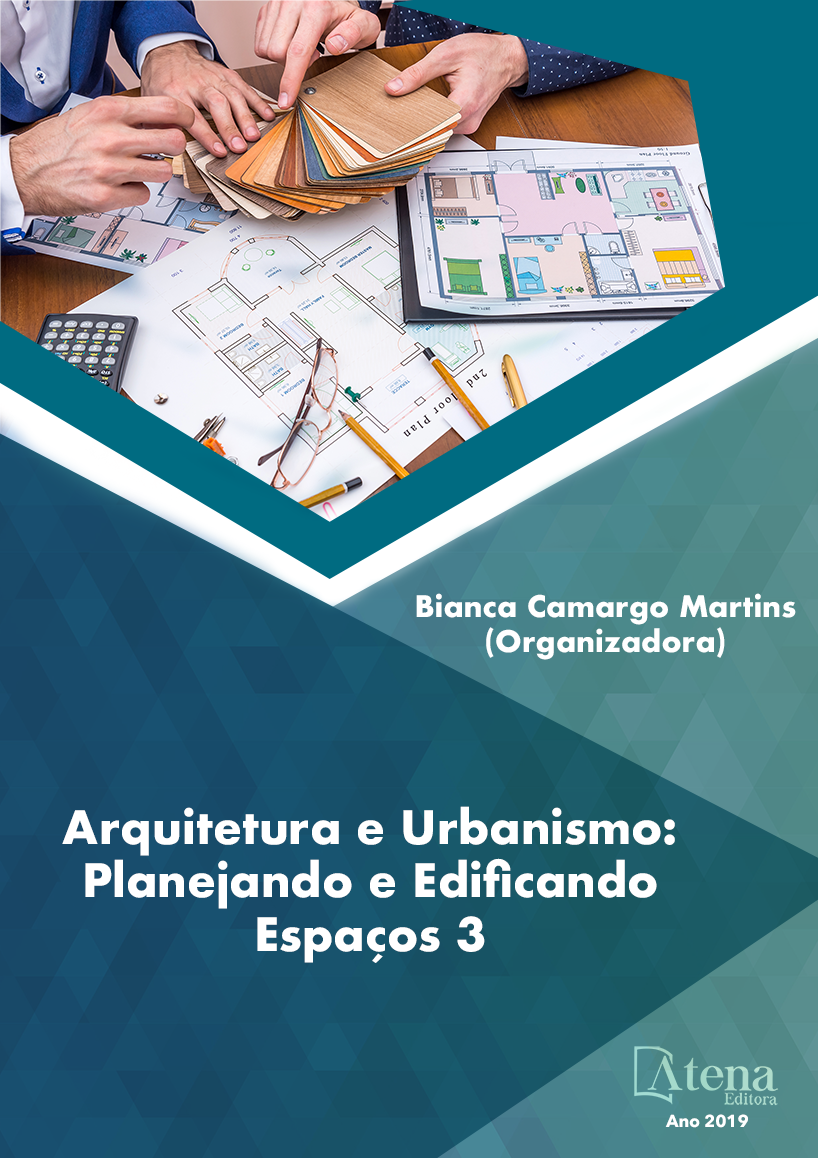
ACESSIBILIDADE EM PATRIMÔNIO CULTURAL: ANÁLISE DO CENÁRIO DO CONJUNTO FRANCISCANO EM JOÃO PESSOA-PB, POR PORTADORES DE DEFICIÊNCIA OU MOBILIDADE REDUZIDA
O estudo a seguir parte dos
questionamentos sobre a acessibilidade
universal aos edifícios histórico, utilizando como
objeto de estudo o Conjunto Franciscano em
João Pessoa – PB, chancelado pela UNESCO.
Em 2008, ocorreu a vigência da política pública
voltada a acessibilidade, onde foi estabelecida
pela Constituição Federal, que todos os
imóveis fossem adaptados para pessoas com
deficiência, valendo tanto para os imóveis a
serem edificados quanto para as adaptações
daqueles existentes. Entretanto, as legislações
preservacionistas brasileiras, exigem para as
adaptações ocorridas em imóveis tombados
restrições quanto as modificações em sua
estrutura, requerendo um estudo aprofundado,
para que seja mantido a autenticidade do
bem após intervenção. Em casos isolados
em edifícios históricos, a adaptação física/
arquitetônica se torna inviável sendo preciso
recorrer para utilização de artifícios visuais,
auditivos ou táteis, como forma alternativa de
possibilitar acesso das pessoas com deficiência
ou mobilidade reduzida. A busca analítica
deste trabalho está em discutir as condições
estruturais presentes no Centro Cultural e
discutir as consequências que podem gerar
a perda na qualidade na interação usuário x
espaço.
ACESSIBILIDADE EM PATRIMÔNIO CULTURAL: ANÁLISE DO CENÁRIO DO CONJUNTO FRANCISCANO EM JOÃO PESSOA-PB, POR PORTADORES DE DEFICIÊNCIA OU MOBILIDADE REDUZIDA
-
DOI: 10.22533/at.ed.4651919125
-
Palavras-chave: Patrimônio Cultural; Acessibilidade; Identidade Cultural.
-
Keywords: Cultural Heritage; Accessibility; Cultural Identity
-
Abstract:
The following study starts from
the questions about universal accessibility to
historical buildings, using as object of study
the Franciscan Ensemble in João Pessoa - PB,
sponsored by UNESCO. In 2008, the public
policy aimed at accessibility occurred, where
it was established by the Federal Constitution,
that all properties were adapted for people
with disabilities, valid for both the buildings to
be built and the adaptations of those existing.
However, Brazilian preservationist legislation
requires restrictions on buildings that are listed
as restrictions on changes in their structure,
requiring in-depth study to maintain the
authenticity of the property after intervention. In
isolated cases in historic buildings, the physical / architectural adaptation becomes
impracticable and it is necessary to resort to the use of visual, auditory or tactile devices,
as an alternative way to allow access for people with disabilities or reduced mobility.
The analytical search of this work is to discuss the structural conditions present in the
Cultural Center and to discuss the consequences that can generate the loss in quality
in the user x space interaction.
-
Número de páginas: 15
- Deborah Padula Kishimoto
- Raissa Silva Rodrigues


